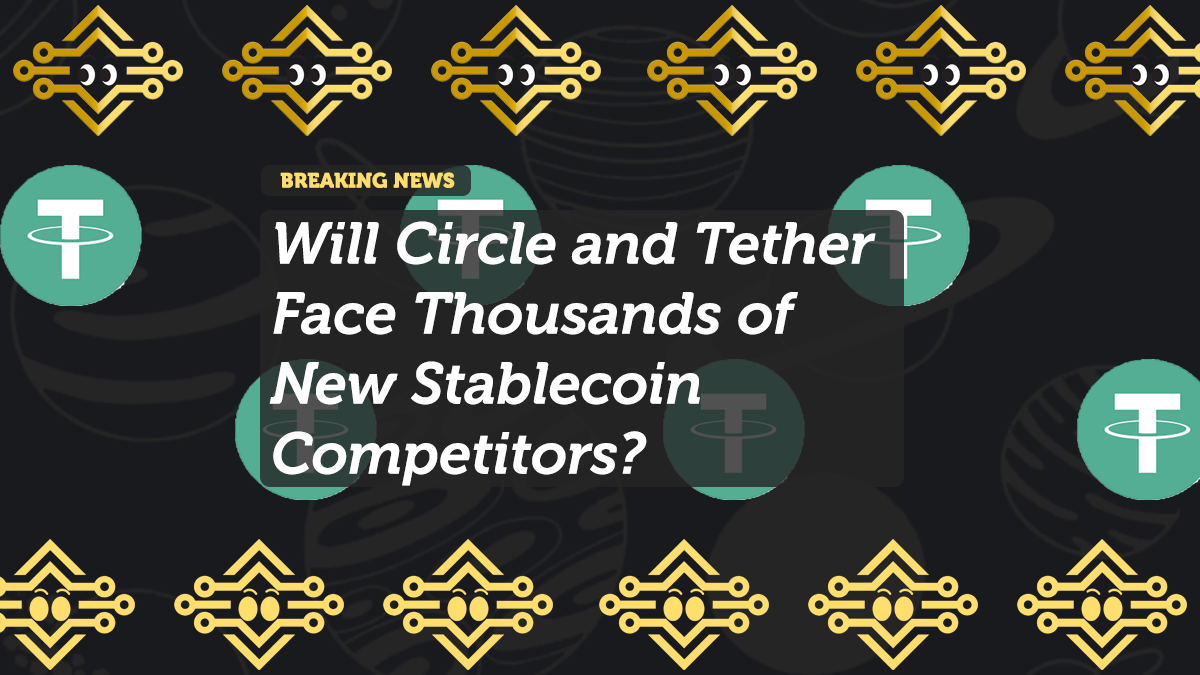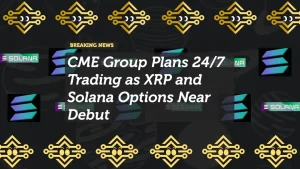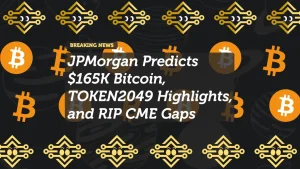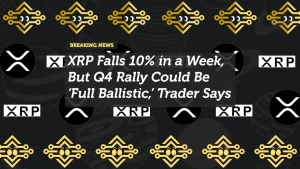
Will Circle and Tether Face Thousands of New Stablecoin Competitors?
With the U.S. Senate recently passing the long-awaited GENIUS Act, lawmakers and crypto advocates are betting big on a booming stablecoin future. Some say it could bring an explosion of new issuers—from banks to big-box retailers—ready to challenge market leaders like Circle and Tether.
But Moody’s isn’t convinced.
In a recent interview, Cristiano Ventricelli, a senior analyst at Moody’s who focuses on digital assets, painted a more skeptical picture. According to him, just because a regulatory framework exists doesn’t mean everyone’s going to jump on the bandwagon.
“Issuing stablecoins is one thing, but having a viable business model for stablecoins is another,” Ventricelli said.
Let’s break down why Moody’s thinks Circle and Tether are safe at the top—at least for now.
Reality Check: Why Banks May Not Jump In
The theory goes like this: once stablecoins are fully legal, large banks will rush to create their own tokens to facilitate faster cross-border payments.
But from Moody’s point of view, it’s just not that simple.
Creating a regulated, dollar-pegged digital token backed by fiat reserves is no walk in the park. Banks would need to build, audit, and maintain new infrastructures—all to solve a problem that tokenized bank deposits might already be fixing.
J.P. Morgan, HSBC, and Deutsche Bank have already rolled out or hinted at tokenized deposit systems that don’t require launching an entirely new crypto asset.
So, Moody’s asks a simple question: Why reinvent the wheel?
Retail Stablecoins? Even Less Likely
Then there’s the idea of retailers like Walmart, Amazon, or Starbucks launching their own stablecoins to control payment rails and cut down on credit card fees.
Theoretically, this could allow them to bypass costly middlemen like Visa or Mastercard. But in practice?
Consumers would be left juggling a confusing mess of closed-loop tokens. Imagine needing a separate stablecoin just to shop at each store—one for groceries, another for coffee, and yet another for online shopping.
That’s not user-friendly. It’s friction.
And as Ventricelli points out, friction is the last thing a successful payment method should introduce.
Why Circle and Tether Still Dominate
With USDC and USDT already enjoying wide adoption, the idea that thousands of competitors will suddenly flood the market is—well—more fiction than fact.
Here’s what Circle and Tether have going for them:
- Established brand trust
- Strong liquidity
- Global reach
- Regulatory head-start
These companies have also built vast networks of integration across DeFi, centralized exchanges, and payment rails—an advantage that no new issuer can duplicate overnight.
What the GENIUS Act Actually Changes
The GENIUS Act does provide the legal clarity stablecoin issuers have been begging for.
It lays out:
- Licensing requirements
- Reserve asset rules (1:1 backing)
- Transparency standards
- State and federal oversight options
But legal permission doesn’t mean market demand. And as Moody’s notes, even if more players can issue stablecoins, that doesn’t mean they will—or that they’ll succeed.
So What’s Next?
Moody’s view suggests a more tempered evolution of the stablecoin market, where:
- Few new issuers enter, and
- Major players like Circle and Tether expand their dominance
There may be some new entrants—perhaps a few banks or fintechs testing the waters. But a flood? Probably not.
“A lot of media hype talks about thousands of new stablecoins,” Ventricelli said. “That’s a stretch.”
So, if you’re waiting for a retail-branded stablecoin boom, don’t hold your breath. The leaders are still the leaders, and the road to competition is longer—and harder—than most headlines suggest.
FAQs
Will big banks issue their own stablecoins?
Some might, but many are more likely to explore tokenized deposits rather than launching full-fledged stablecoins.
Could we see retailer-branded stablecoins like WalmartCoin or AmazonToken?
It’s possible, but unlikely. It would be complex for consumers and inefficient at scale.
Is the GENIUS Act good for stablecoins?
Yes, it offers much-needed regulatory clarity. But it doesn’t automatically create market winners or competitors.
Will Circle and Tether lose their market dominance?
Not anytime soon. Their infrastructure and brand recognition put them far ahead of potential newcomers.
















